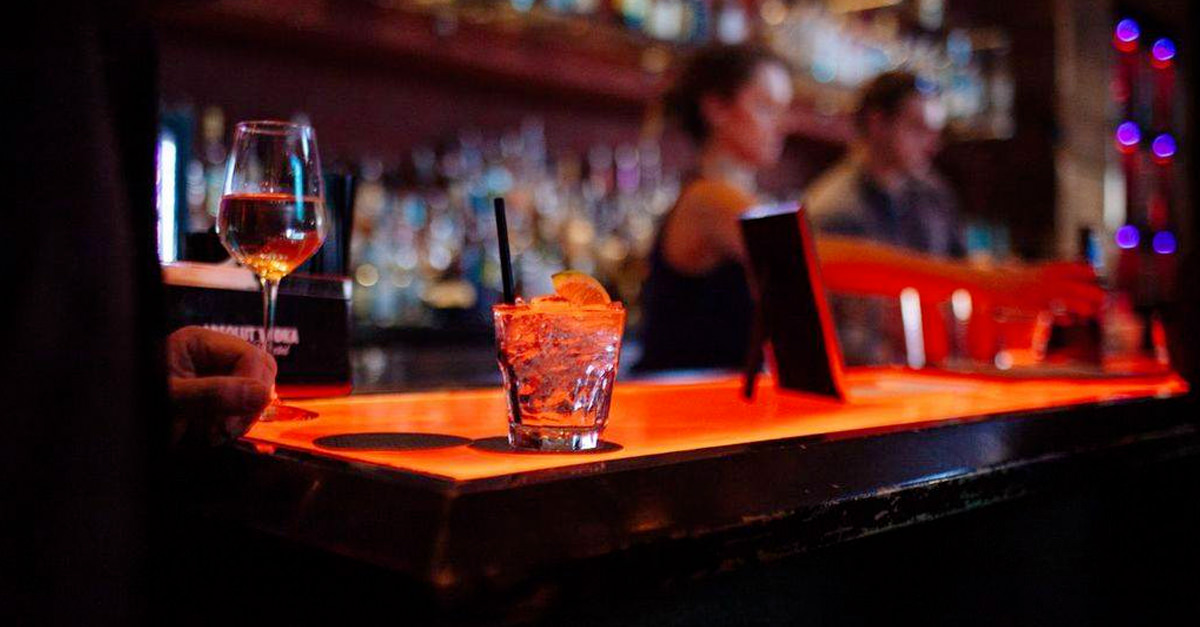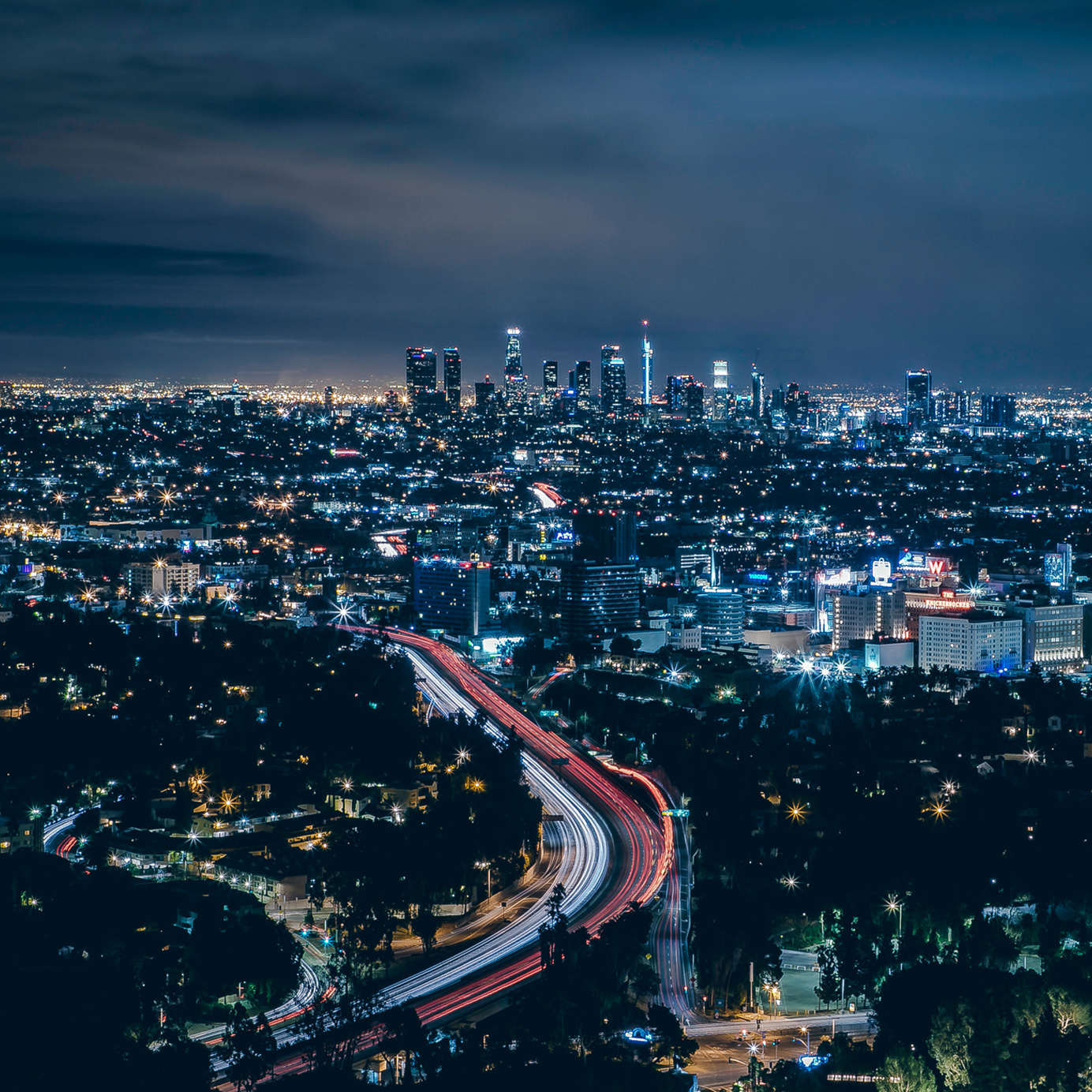Mike D, the Beastie Boys rapper turned wine collector, is entering the Los Angeles restaurant scene this year. Diamond (that’s what the “D” stands for) will develop the wine list at The Hearth & Hound, a forthcoming eatery from iconic restaurateur Ken Friedman and his partner, chef April Bloomfield, both of NYC’s The Spotted Pig.
They’re in good company. David Chang is opening a new concept called North Spring close to DTLA this year, and San Francisco’s The Slanted Door is planning an outpost in DTLA’s Market South complex. Chad Robertson of San Francisco’s legendary Tartine Bakery is partnering with Pizzeria Bianco’s Chris Bianco to launch a Tartine Manufactory in the Row DTLA.
As with most disruptive innovations, technology is auguring the influx of big-name chefs and personalities in Los Angeles’s bar and restaurant scenes. Historically, L.A.’s car culture delegated components of all-night drinking and dining to pedestrian-friendly metropolises like Diamond’s native NYC. Now, ridesharing services are revolutionizing how L.A. residents get around. While devastating for the local taxi community, apps such as Uber and Lyft have been a boon for Los Angeles’s nightlife scene.
“I can’t think of a town that’s changed more because of the technology,” David Chang says. “People go out a lot more, there’s a lot more drinking going on.”
In 2012, Uber expanded its ridesharing services to Los Angeles. (Then-CEO Travis Kalanick published a letter about the news on the Uber blog, expressing his heartfelt connection to the city as “a 3rd generation Angeleno,” and marveling at its sheer size and “prolific inefficiency.”) Uber’s main competitor, Lyft, arrived in 2013.
“L.A. is much more spread out, and driving was a major issue until very recently,” Michael Neff, who has a hand in bars in both L.A. and NYC, told Supercall. “Cabs are very expensive and much less reliable in L.A., so a night out at a bar — let alone several bars — involved coordinating with a group of people.” Planning included picking a designated driver, finding parking, and arguing over the most efficient route. Now the decision simply involves a charged phone and a few taps of an app.
Says restaurateur Ken Friedman, “We might not even be opening a place in L.A. if it weren’t for Uber.”
*
Before L.A. was a car town, it boasted the most extensive urban rail system in the country. Streetcars and trolleys began service in the late 1800s. There were “Yellow Cars” (the Los Angeles Railway) that traversed to and from the city’s downtown urban core to surrounding neighborhoods. “Red Cars” (the Pacific Electric railway) comprised a sprawling system that at one time ran from Pasadena in the north, to Newport Beach in the south, to Redlands in the east, to Santa Monica, Playa Del Rey, and Venice in the west.
Conspiracists blame the death of L.A.’s streetcars on big oil and rubber interests, including General Motors and Firestone Tire, investors in the Chicago-based company that acquired the Yellow Cars in the 1940s. (It’s a theory that played out onscreen in the film “Who Framed Roger Rabbit.”) In reality, their death appears to have been hastened by a confluence of factors, though in the 1940s the government did find several corporations and private individuals guilty of antitrust violations. Namely, buying up public transit systems with the goal of replacing them with buses.
The streetcars were, perhaps, doomed from the start. They were actually a means to an end — a vehicle to help real-estate magnates like Henry E. Huntington develop and sell plots of land. It wasn’t long before streetcars faced stiff competition, predominantly from car shares called jitneys and private car ownership. “In brief,” writes Norman M. Klein in “The History of Forgetting: Los Angeles and the Erasure of Memory,” “the trolley system was eclipsed by the automobile.” Plans for the city’s first freeways were released to the public in the late 1930s, and the Arroyo Seco Parkway (known as the Pasadena Freeway or the 110) was completed in 1940. The die had been cast: The future of the city would revolve around cars.
*
“There was a lot of alarm early on, and I think there still is, among some people, that ridesharing will lead to over-drinking,” says Philip Dobard, an L.A. resident and the vice president of the National Food & Beverage Foundation. “And I have to say, observationally, I don’t see it happening. What I see is ease.”
According to data provided to me by the Los Angeles Police Department, total DUI-related incidents citywide (including injuries and fatalities) numbered 2,426 in 2011, the year before Uber’s arrival. Since then, DUI incident rates have decreased yearly. In 2016, there were 1,839 incidents — a 24 percent drop from 2011. Meanwhile, state alcohol tax figures indicate that over the past five years, California’s tax revenues on booze have gone up 9 percent, indicating increased sales and supply.
“I think people are drinking more responsibly,” says Bruce Hood, bar manager and bartender at The Roger Room. “It’s better to take an Uber than drive [when you are planning on drinking].”

Marissa A. Ross, wine editor at Bon Appétit, says that when she started writing about wine as a full-time job, she found herself using her car so rarely that she ended up selling it. “I work from home, and generally the only times I leave I either have been drinking (I refuse to drive even if I’ve only had a glass) or am going to go drink, so I was using ride sharing more than I was my car,” she says. “It seemed so wasteful to be spending $300 a month on insurance for my car to be parked in my driveway.”
Bars have had to adapt to an increasingly cell phone-dependent clientele. “Having chargers has become mandatory,” says Hood. “People have to have their phone charged in order to call an Uber. If someone needs to charge their phone, you say yes. You want to make sure they get home O.K.” Easy access to real-time traffic data has changed things, too. “Because of Uber, people are almost forced to check traffic,” says Hood. “If there’s surge [pricing], there’s a possibility that someone will stay and have one more to wait out that traffic. People now have that foresight, whereas before they’d get in their car and then figure out, ‘Oh, I should have stayed at the bar for 30 or 40 more minutes.’”
Is ridesharing entirely to thank for all the impressive new bars and restaurants sprouting in L.A.? Dobard isn’t so sure. “I don’t know how much is ridesharing and how much is foodism; it could be a measure of both,” Dobard says. “There’s an expectation of quality [now] on the part of consumers. This isn’t limited to L.A., it’s everywhere.” Hood echoes this point, saying, “You can get a good quality cocktail at almost any bar. The standards have come up.”
Though the evidence tying ride sharing to more responsible drinking and just more drinking is mostly anecdotal, its effects on another city, Austin, appear measurable. In May of 2016, both ridesharing companies abruptly left the city. Alcohol sales dropped 2 percent. As one bar owner told local ABC affiliate KVUE, “There was an immediate, definitive difference once they both left town.”
*
Part of L.A.’s idiosyncratic charm is its inaccessibility. In New York, a drink after work might be stop one of a three- or four-stop night. In L.A., you’re forced to commit. No one’s hopscotching from Venice to Silver Lake to the Valley to Hollywood in an evening.
That’s because L.A. remains its own strange, unique beast. It’s less a city than a collection of urban hamlets (“suburbs in search of a city,” as the saying goes), including 88 fully incorporated municipalities, some of which have a dedicated police force, fire department and library system. For residents who want to get a drink without risking a DUI, ridesharing’s proved helpful. But even if you aren’t behind the wheel, going out still typically entails sitting, in a car, in traffic.
Technology transformed the city nearly a hundred years ago, cementing neighborhoods and a subsequent web of streets and highways to connect them. Five years ago, Uber swooped in with a promise to change L.A. for the better. In some ways, perhaps it has. Or perhaps we’re simply at the beginning of yet another major transportation revolution that’ll eventually result in fewer cars on the road, and less traffic and smog. One can hope.
Homepage photo credit: Facebook.com/OtiumLA
